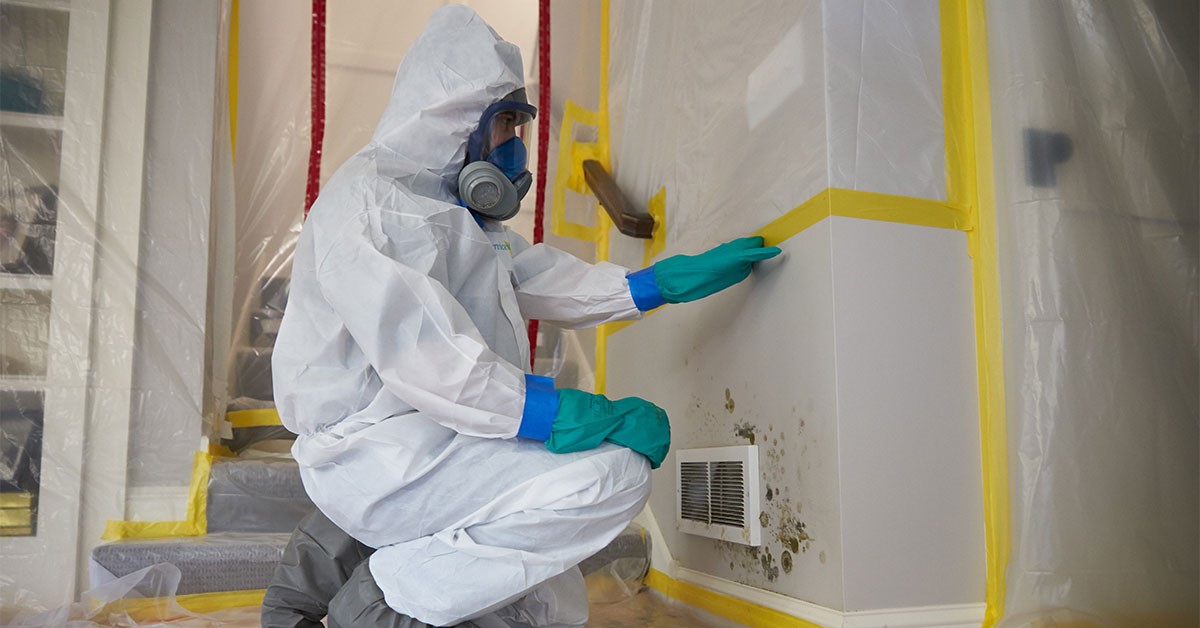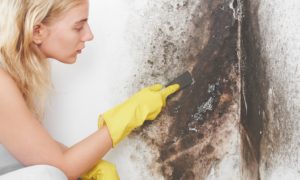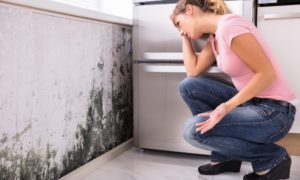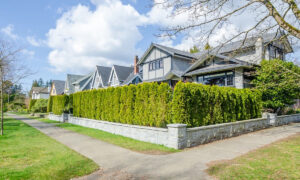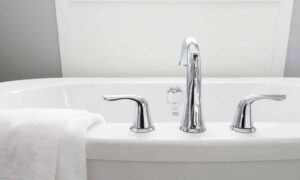At some point in your life, you must have seen mold. Whether on your food or the walls, it presents a grave danger. It is like a cancerous monster that is killing your home and health. Apart from ruining the aesthetics of your home, mold is very harmful to your health. We will give you some advice and present you with some helpful tricks to deal with it. Click on this link https://www.cdc.gov/mold/faqs.htm for more information.
Where can you find mold?
Mold often appears on the colder surfaces in your home. The humid air is warm, and when it comes in contact with a cold surface, the air cools down in a matter of seconds. Therefore, the most common appearance of mold is in the northern walls, which are the cooler surfaces. At some point, the wall is saturated with a sufficient percentage of moisture, and as long as the temperature is pretty constant with some small oscillations, it will lead to mold formation. Mostly this happens in the winter period when we constantly heat the rooms inside.
For an average ambient temperature of 20°C and relative humidity of 50%, you can obtain the dew point temperature which is 9.5°C. Condensation will always form on wall surfaces that are colder than the dew point temperature. This often happens in external walls that are poorly insulated. Hence if the wall temperature falls below 9.5°C and the relative humidity in the room is around 50%, there is a risk of condensation and mold formation.
The ideal percentage of relative humidity for the occupants is between 40% and 60%, and if the humidity goes above 60%, mold formation will likely occur. If relative humidity goes above 80%, then there is a significant risk of mold formation and growth, even on dry surfaces.
It is estimated that there are more than 250,000 species of mold, and some of them can be found in our homes. Mold formation phenomena often occur in older buildings, in unventilated and damp rooms where moisture is present. Mold is most commonly spread on walls and can also spread on wooden surfaces. Due to the high percentage of humidity, its most common occurrence is in our bathrooms (especially in the joints that are connecting the tiles).
When it comes to this topic, thermal bridges are another critical segment. They are the places in your home that are poorly insulated. Usually, this happens around the balconies and in the corners where two different walls come together.
Due to the high indoor temperature, condensation of water vapor will happen in a thermal bridge position. The main reason for this is because, in the corners, the air isn’t circulating as much as opposed to other surfaces. Thermal bridges can be avoided with detailed design and careful execution.
Helpful tricks for getting rid of it
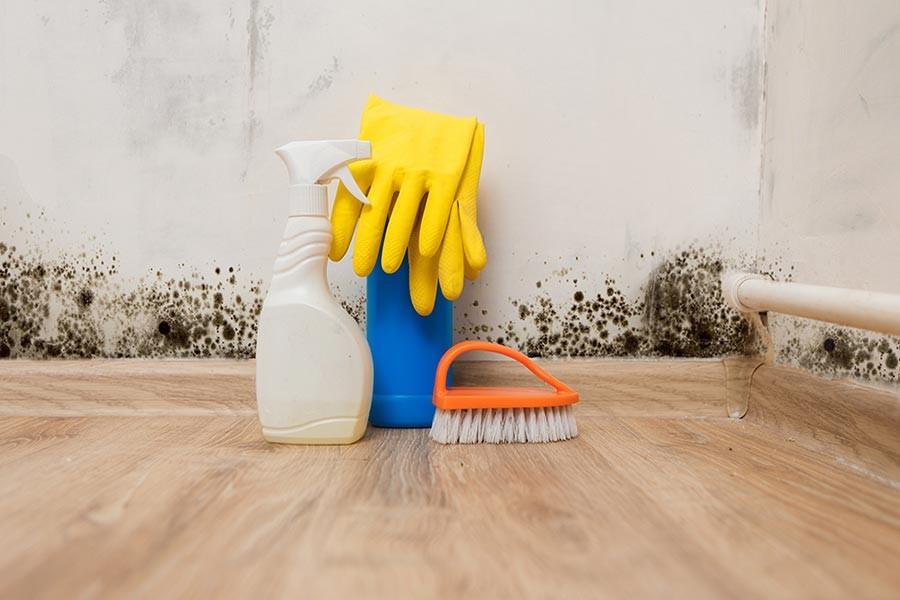
Usually, mold is manifested with gray, brown, or black color, and it appears as spots on the surfaces. Since it forms, grows, and lives in dark, warm, and humid places, your kitchen, basement, and bathroom run the highest risk for bacteria and mold formation. Mold can cause respiratory illnesses and a variety of allergies, so its removal is crucial. Fortunately, you can remove mold with some natural substances you have in your home.
All of these solutions are nontoxic alternatives for mold removal. They are ecofriendly, relatively cheap and you can find them easily in every store. You can click here for more information.
Hydrogen peroxide (H2O2) is one of the options. It works best against fungus, bacteria, and viruses and effectively can destroy mold. You can use a 3% hydrogen peroxide solution and then spray it on surfaces that have been infested with mold. Wait for about 10 minutes, and then clean the surface to remove the dark moldy spots.
Vinegar can kill up to 80% of different mold types. It’s best to use white vinegar and put it in a spray bottle. Spray the moldy surface thoroughly and wait for an hour. In the end, clean the surface with water and let it dry. The vinegar smell can linger on for a couple of hours, but after some time, you won’t smell a thing. You can also use a solution that combines sodium bicarbonate (baking soda) and vinegar.
The use of sodium bicarbonate can come in handy. This substance absorbs humidity, destroys mold, and can stop its reappearing. You should put a quarter spoon of sodium bicarbonate in a bottle filled with water. Spray this solution on the surface, and then with the help of a brush, you can clean the dark spots. Clean the surface with water to remove the remaining mold altogether.
Are there some health concerns that you should worry about?
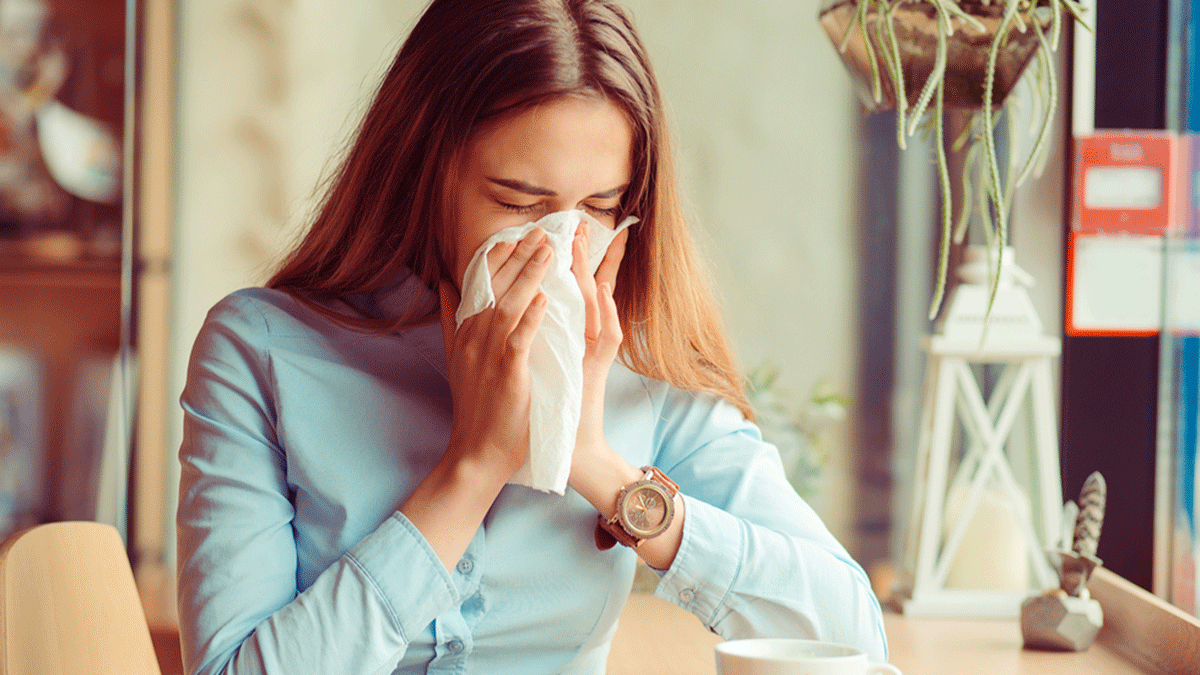
If you come across premises that are completely infested with mold, the best decision is to contact trained and experiences technicians who will help you deal with this kind of problem. Choosing the proper mold removal experts is essential – so you can check out Union Restoration to find out more.
Your home should be ventilated every day, briefly but intensively. After you get up in the morning, it is imperative to ventilate the rooms. A significant percentage of moisture is released from your body while you sleep. When you do activities, which involve water and humidity, such as cooking, washing, showering, or cleaning the floor, ventilation is a must.
If you are exposed to mold for an extended period, this environment can severely affect your health. Moldy surfaces release stinky odor and certain particles in the air that will make you sneeze. This doesn’t mean that you allergic to it, but some people can experience symptoms that point to specific allergies.
If your eyes are watering, feel scratchy, or you have redness appearing around your pupils, and you often suffer from headaches, chronic coughing, sinus problems, stuffy nose, fatigue, and have a weird rash on your skin, you should see a medical professional who will help you deal with these conditions.


